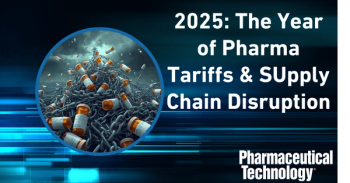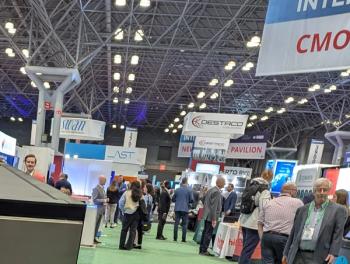
Pharmaceutical Technology Europe
- Pharmaceutical Technology Europe-05-01-2012
- Volume 24
- Issue 5
Supply Chain Lessons
Once again, Apple is doing something the rest of the world should be paying attention to, only this time it's about the company's approach to managing the global supply chain-even when things go wrong.
Once again, Apple is doing something the rest of the world should be paying attention to, only this time it's about the company's approach to managing the global supply chain—even when things go wrong. In case you haven't been following the story, here's a brief summary. Steven Jobs' replacement as Apple's chief executive, Timothy Cook, made a stop in late March at a site in China that is run by Foxconn—a multinational electronics manufacturer headquartered in Taiwan. Around the same time, the Fair Labor Association (FLA) published the results of a month-long investigation into Foxconn, including three of its China-based facilities. The independent audit, agreed to by Apple after it joined FLA in January, cited 43 violations of Chinese laws and regulations.
Angie Drakulich
While adherence to labour laws are crucial aspects of managing any facility, this story has additional lessons to be learned. For starters, companies must visit their global sites. According to a New York Times article, two Apple employees pointed out that Jobs never visited the company's factories in China.
Second, companies need to keep their communication lines open. Some of Foxconn's problems are reportedly tied to top-down only communication. How many times have you heard someone in industry say that the Quality team doesn't communicate with the Development team, or that Senior Management doesn't communicate with the Technicians? Listening to employees—no matter their department—can only lead to improvement at all levels.
Third, companies need to be transparent. A January 2012 Apple report included for the first time the names of companies that supply Apple with parts and services, something it had previously declined to do. We know from recent unfortunate events, that the final manufacturer, distributor, or assembler is not necessarily where problems can occur. Quality must be sewn into and confirmed throughout every point in a product's supply chain. Regulators have enforced this message repeatedly.
I believe these points are must-do's for securing the industry's supply chain.
Best wishes,
Angie Drakulich
Articles in this issue
over 13 years ago
Channeling Steve Jobsover 13 years ago
Newsover 13 years ago
Seeking New Chemocatalytic and Biocatalytic Solutionsover 13 years ago
Taxing Times for French Pharmaover 13 years ago
Atomic Force Microscopyover 13 years ago
All Eyes Alertover 13 years ago
Preventing Contamination with PreservativesNewsletter
Get the essential updates shaping the future of pharma manufacturing and compliance—subscribe today to Pharmaceutical Technology and never miss a breakthrough.




